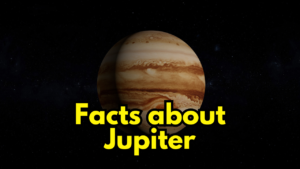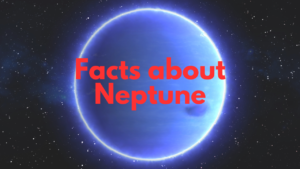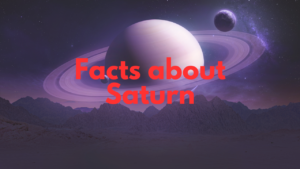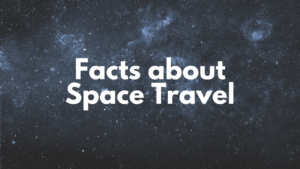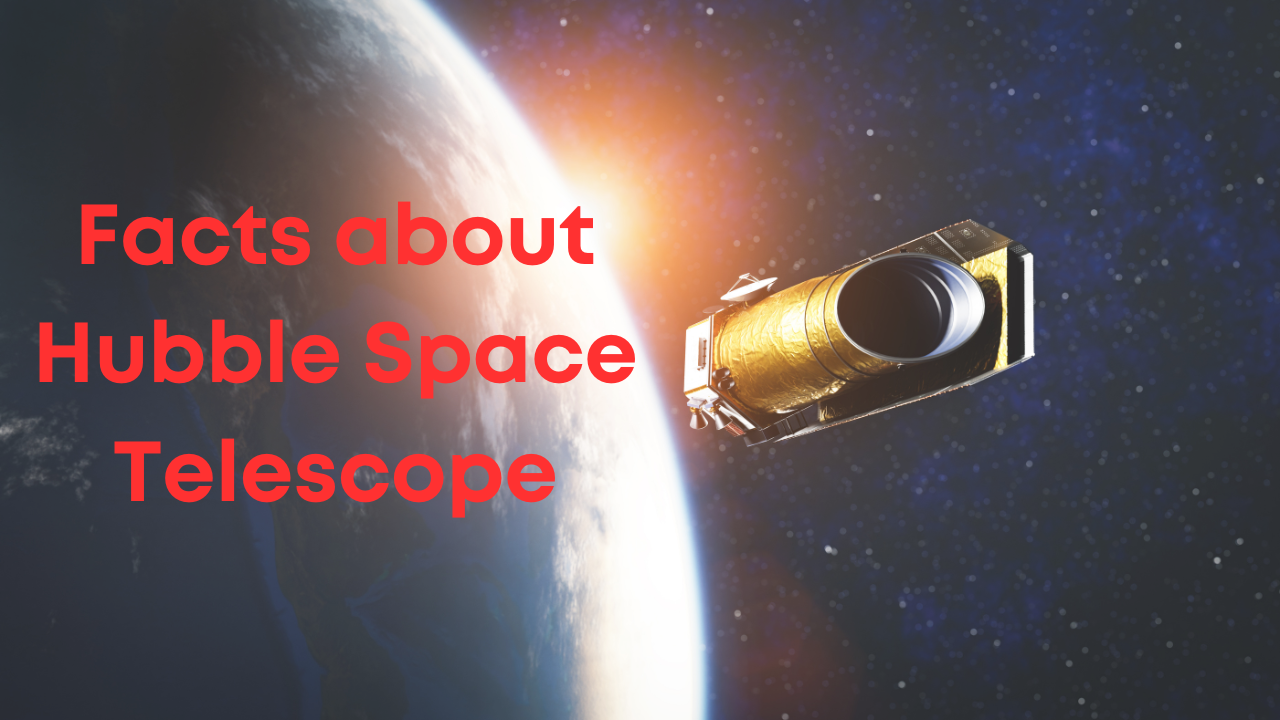
As Hubble circles the Earth, it does so at a speed of 17,500 miles per hour, or 27,300 kilometers per hour. One orbit of the Earth takes about ninety-five minutes. About 340 miles/547 kilometers above Earth’s surface, Hubble is on an orbit. In its 30 years of operation, Hubble has completed nearly 175,200 orbits around the Earth. Today we are going to discuss 27 Amazing Facts about Hubble Space Telescope.
Since its inception, the Hubble Space Telescope, or HST, has been at the vanguard of space exploration, helping to locate far-off planets and solar systems and date the universe.
Many theories regarding extraterrestrial life have been sparked by the telescope’s discovery of new objects and events.
Tracy K. Smith summed up how a lot of people feel about the telescope as follows:
“It is inconceivable how anyone could view the Hubble “Deep Field” image without sensing that there is more activity going on in the universe.”
What is special about Hubble Space Telescope?
Researchers have used the telescope to learn more about the formation of planets and galaxies. There are billions of stars in galaxies. Known as the “Hubble Ultra Deep Field” image, it contains some of the most distant galaxies ever observed. Hubble Space Telescope images contribute to our understanding of the universe.
We’re going to examine 14 facts regarding this revolving searchlight here.
Facts about Hubble Space Telescope No1:
By the spring of 2011, Hubble had made almost 115,000 journeys around the earth. This is equivalent to a journey to Neptune lasting around 5 billion kilometers (more than 3.1 billion miles).
Facts about Hubble Space Telescope No2:
With a resolution of 1 mile, or, to put it more technically, the width of a human hair, the Hubble Space Telescope can lock onto a target without straying for more than 7/1000th of an arcsecond (1° is divided into 60 arcminutes and each arcminute into 60 arcseconds).
Facts about Hubble Space Telescope No3:
The HST is around 3.75 times shorter than a Mini Cooper and weighs 11 tonnes, making it roughly the weight of eleven polar bears. Its length is 13.2 meters.
Facts about Hubble Space Telescope No4:
The Sun, which is so brilliant that it would destroy the HST’s sensors, and Mercury, which is so close to the Sun that it cannot even look at, are the two nearest objects that the HST cannot even look at. The HST can observe the furthest galaxies ever observed.
Facts about Hubble Space Telescope No5:
In essence, Hubble is only a costly, complex, massive digital camera; its devices use electronic detectors to gather light from the universe.
Facts about Hubble Space Telescope No6:
The HST requires roughly 2800 watts, which is only 1300 more than a hair dryer on high heat, which needs 1500 watts, which is a little amount of power considering its size and intended application. The 2.6 x 7.1 m solar panels power the telescope on its own.
Facts about Hubble Space Telescope No7:
Black and white pictures are returned by Hubble. During image processing, two or more black and white exposures are combined and run through colored filters to create color images.
Facts about Hubble Space Telescope No8:
Due to the Challenger space shuttle tragedy in 1986, which prevented any more launches, the Hubble program’s launch was postponed. Until the telescope’s 1990 launch, scientists used this time to hone and improve it, although the project went over budget by more than $1 billion.
Facts about Hubble Space Telescope No9:
When the first pictures were obtained in 1990, it was discovered that the main focusing mirror had been polished improperly; it was less than 1/50th the thickness of a sheet of paper, yet this error nevertheless resulted in fuzzy photographs. Astronauts installed a tiny mirror device called CORSTAR in 1993 to fix the alleged “$1.5 Billion Blunder.”
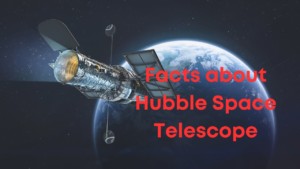
Facts about Hubble Space Telescope No10:
With a maximum altitude speed of 2495 km/h, a Eurofighter Typhoon can only go 11 times quicker around the earth than Hubble, which travels at a speed of 28 000 km/h.
Facts about Hubble Space Telescope No11:
Compared to the previous range of 10 to 20 billion years, Hubble’s discovery of the universe’s age of roughly 13 to 14 billion years was far more precise. It was also essential in the discovery of dark energy, a force associated with the rate of expansion of the universe.
Facts about Hubble Space Telescope No12:
A enormous bubble being blasted into space by an extremely hot, massive star is one of the most amazing sights that the Hubble has seen, and it was chosen for the image commemorating its 26th birthday. The STS-31 space shuttle crew’s launch on April 24, 1990, is celebrated with the image of the Bubble Nebula, or NGC 7635.
Facts about Hubble Space Telescope No13:
Despite having a degree in mathematics and astronomy, the great astronomer Edwin Powell Hubble, after whom the HST is named, first studied law at Oxford and practiced it for a year after making a promise to his dying father.
also read: 27 Facts about Nasa Space Shuttles | Space Shuttles Facts
Fact about Hubble Space Telescope No14:
It is difficult to photograph exoplanets since they are faint and orbit very close to bright stars, yet Hubble has managed to take pictures of these worlds. The first of these photos, obtained in 2008 by the HST, Keck and Gemini observatories, are of HR 8799 and Fomalhaut b. In order to observe these exoplanets, the light from the central star is blocked using a high-contrast camera, or coronagraph, allowing us to glimpse the planet surrounding it.
The telescope is merely evidence of humanity’s efforts to explore every inch of the immense, dark void and learn about it. With every new finding, we are inspired to look for the next amazing, mind-blowing object.
With the photographs and information it has provided us with, it has justified every ounce of criticism directed at it, despite its early failure, skyrocketing expenses, and misaligned equipment.
There is so much more to learn about this, as with any space-related item, invention, or occurrence, and I strongly encourage you to do so.
The next space telescope to be launched is the Webb telescope, and with its upgraded sensors, who knows what it will find.



